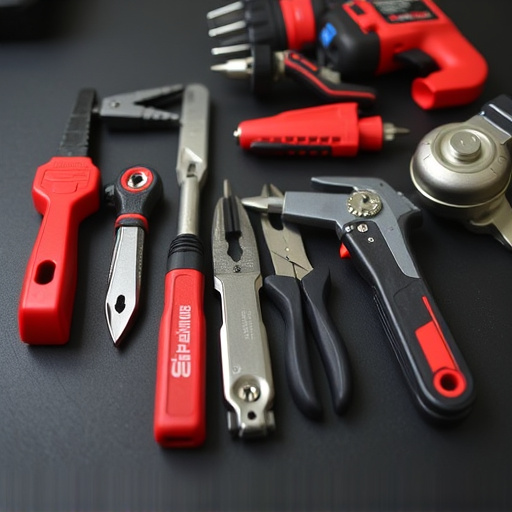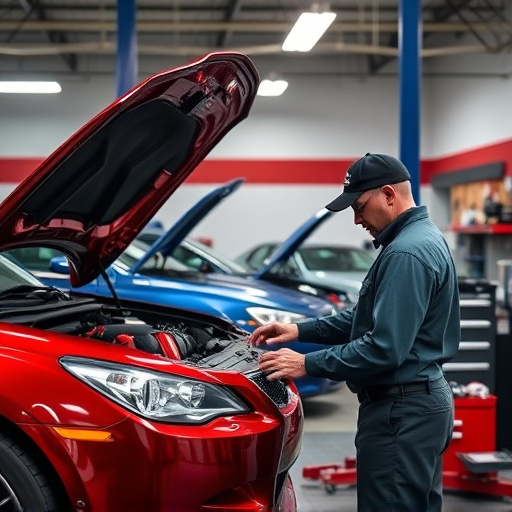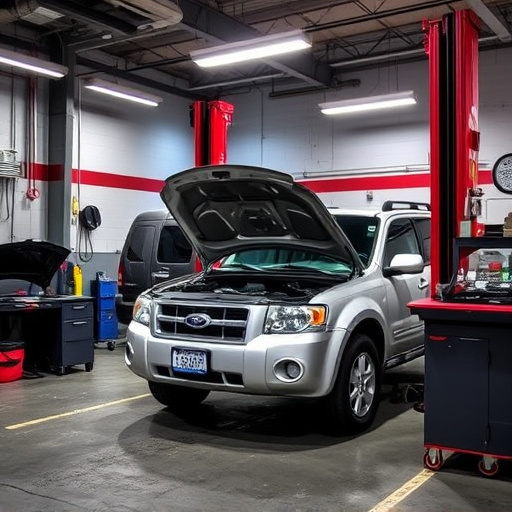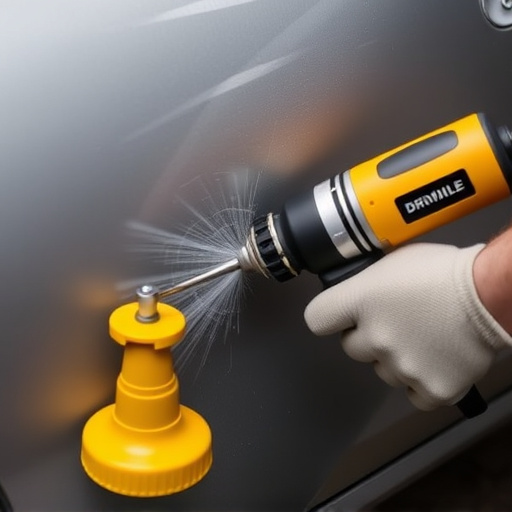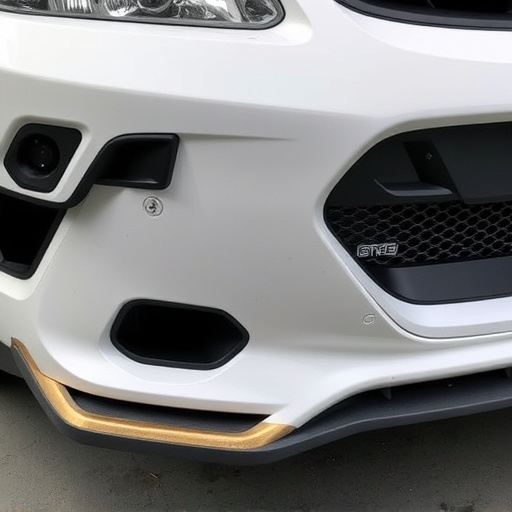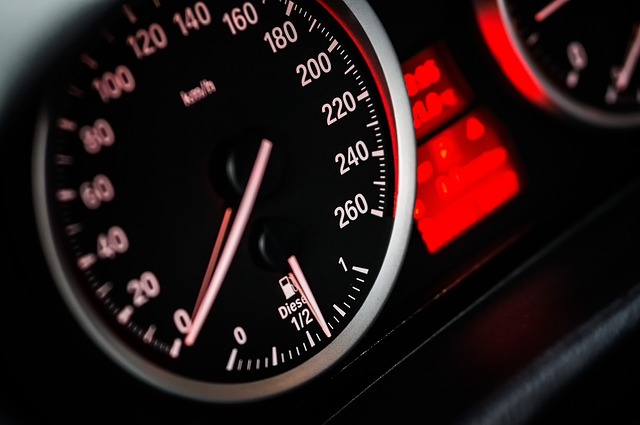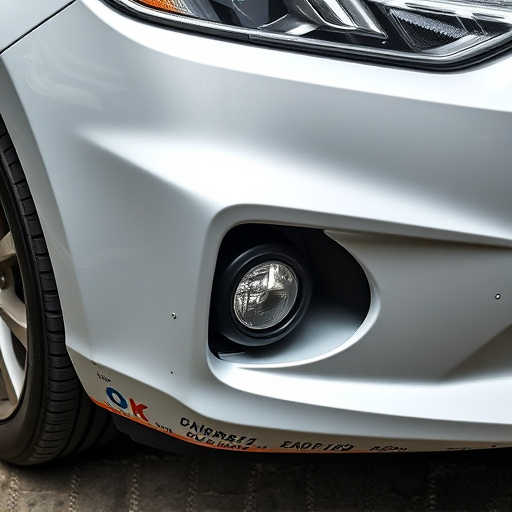Repair status updates are essential for auto body shops to maintain transparent communication with customers, reduce anxiety, improve project management, build trust, and differentiate in a competitive market. Accurate updates should include detailed, unambiguous reports of completed tasks, issues encountered, and procedures followed, such as scratch repairs or painting. Robust verification strategies like work orders with specific details and digital imaging ensure reliability. Regular communication and post-repair inspections foster transparency and address issues promptly, meeting expected standards.
Staying informed is crucial when managing repairs, especially with evolving technology. This article guides you through the process of verifying the accuracy of repair status updates, a vital aspect of efficient asset management. We explore the purpose behind these updates and key elements to look for in reports. Learn practical strategies to implement, ensuring transparency and minimizing errors. By understanding how to validate repair status updates, you can make informed decisions and maintain optimal performance.
- Understand the Purpose of Repair Status Updates
- Examine Key Elements in Status Reports
- Implement Verification Strategies for Accurate Updates
Understand the Purpose of Repair Status Updates

The purpose of repair status updates is to provide transparent communication between auto body shops and their customers regarding the progress of their luxury vehicle repair or autobody repairs. These updates are essential for several reasons. Firstly, they ensure that customers are kept informed about their vehicle’s condition, alleviating anxiety and uncertainty. Secondly, regular updates enable efficient project management, allowing technicians to prioritize tasks and meet deadlines effectively. By providing timely information, repair status updates foster trust between the service provider and customer, which is crucial in building long-term relationships for repeat business.
In the competitive world of auto body services, accurate and frequent repair status updates can set a company apart. Customers appreciate being kept in the loop, especially when dealing with potentially costly repairs. For luxury vehicle repair shops, these updates are an opportunity to showcase professionalism, expertise, and commitment to customer satisfaction. By adhering to a consistent update schedule, businesses can maintain a positive reputation and ensure their customers remain confident in their services.
Examine Key Elements in Status Reports
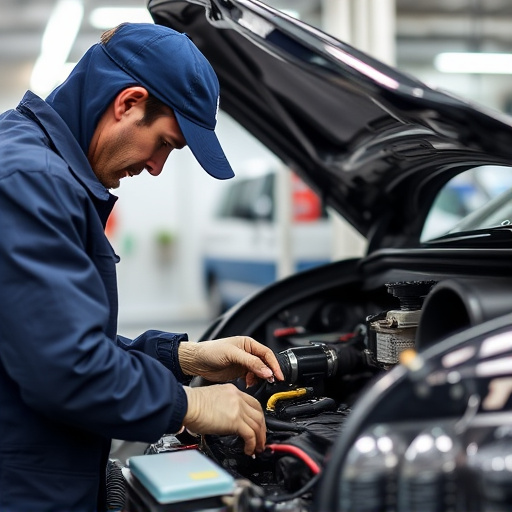
When evaluating the accuracy of repair status updates, it’s crucial to scrutinize several key elements within the reports. First and foremost, the details provided should be comprehensive and include specific information about the work completed or pending. This includes a breakdown of tasks accomplished, such as parts replaced, procedures followed, and any auto body repairs or auto painting undertaken. Additionally, the updates should highlight any issues encountered during the repair process, ensuring transparency.
Furthermore, the language used in these reports matters. Ambiguous or vague phrasing can be concerning. Look for clear, concise descriptions that accurately convey the status of each repair stage, whether it involves fixing a scratch repair or more complex procedures. Timely updates are also essential; frequent and prompt reporting demonstrates a commitment to keeping customers informed throughout their vehicle’s restoration process.
Implement Verification Strategies for Accurate Updates
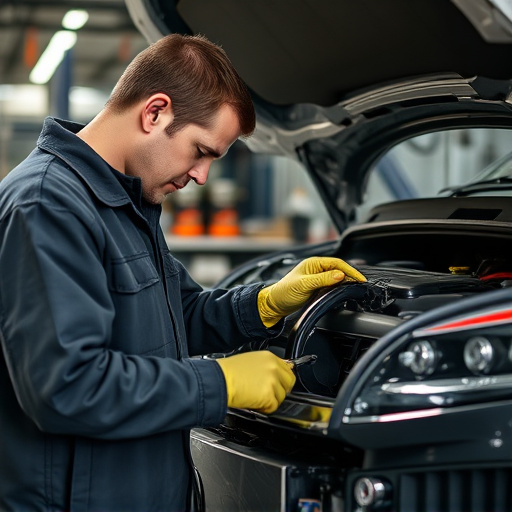
Implementing robust verification strategies is key to ensuring that repair status updates are accurate and reliable. This involves a multi-faceted approach to cross-check information from various sources. One effective method is to require detailed work orders that outline the scope of repairs, parts used, and estimated completion times. By comparing these records with the provided update, you can quickly identify discrepancies or delays. Additionally, utilizing digital imaging systems for before-and-after comparisons, especially in cases like fender repair or paintless dent repair, offers tangible evidence of progress.
Regular communication with customers is another vital strategy. Engaging clients in the process by sharing regular updates and inviting them to inspect their vehicles upon completion can help catch any mistakes early on. This two-way dialogue allows for immediate clarification of issues and ensures that auto body repairs meet expected standards, be it for a simple dent removal or more complex structural work.
Ensuring accurate repair status updates is paramount for maintaining customer trust and satisfaction. By understanding the purpose behind these updates, examining critical elements in status reports, and implementing effective verification strategies, businesses can deliver transparent communication and reliable service. Regularly reviewing and improving these processes will foster stronger relationships with clients, ultimately enhancing overall service quality.
